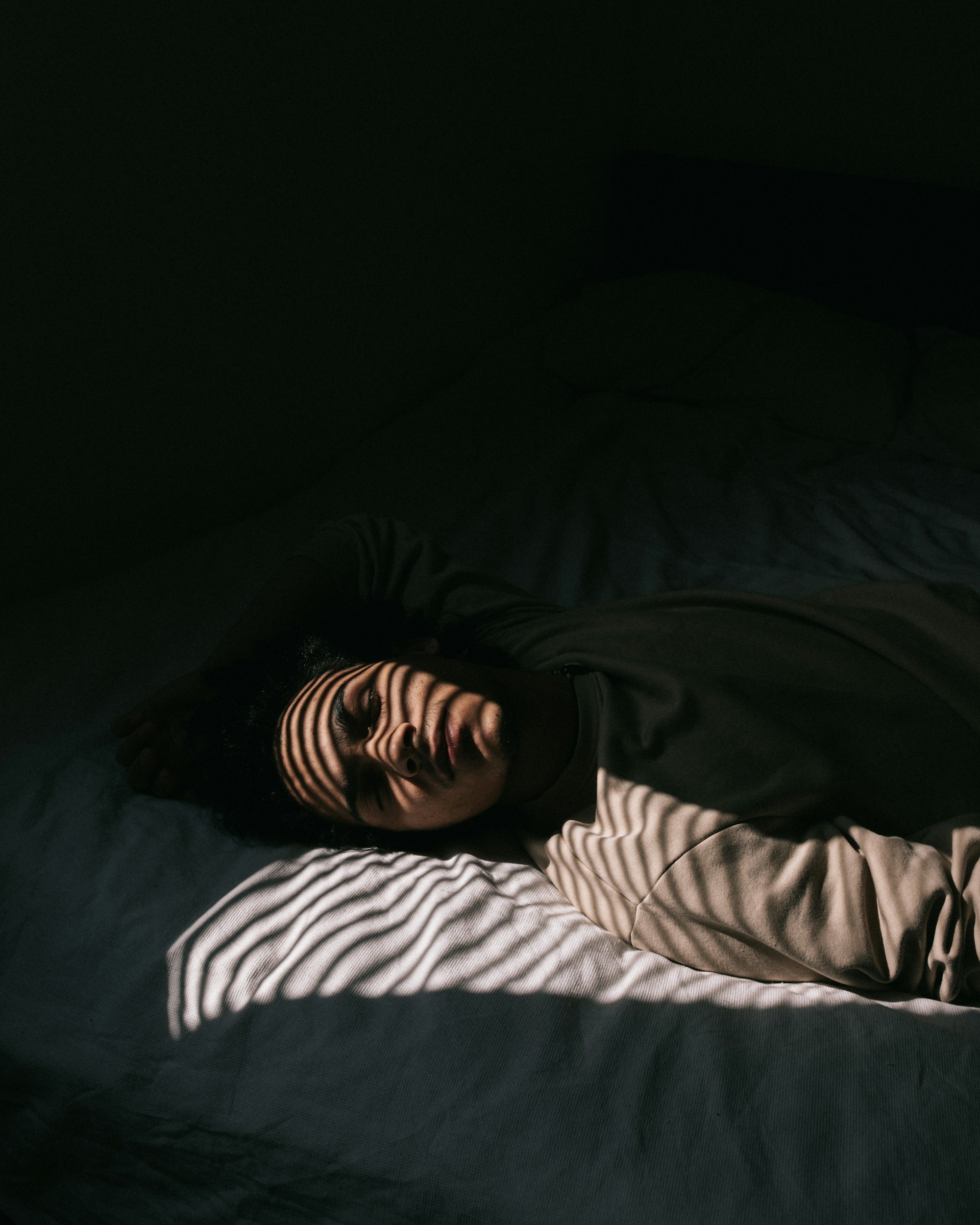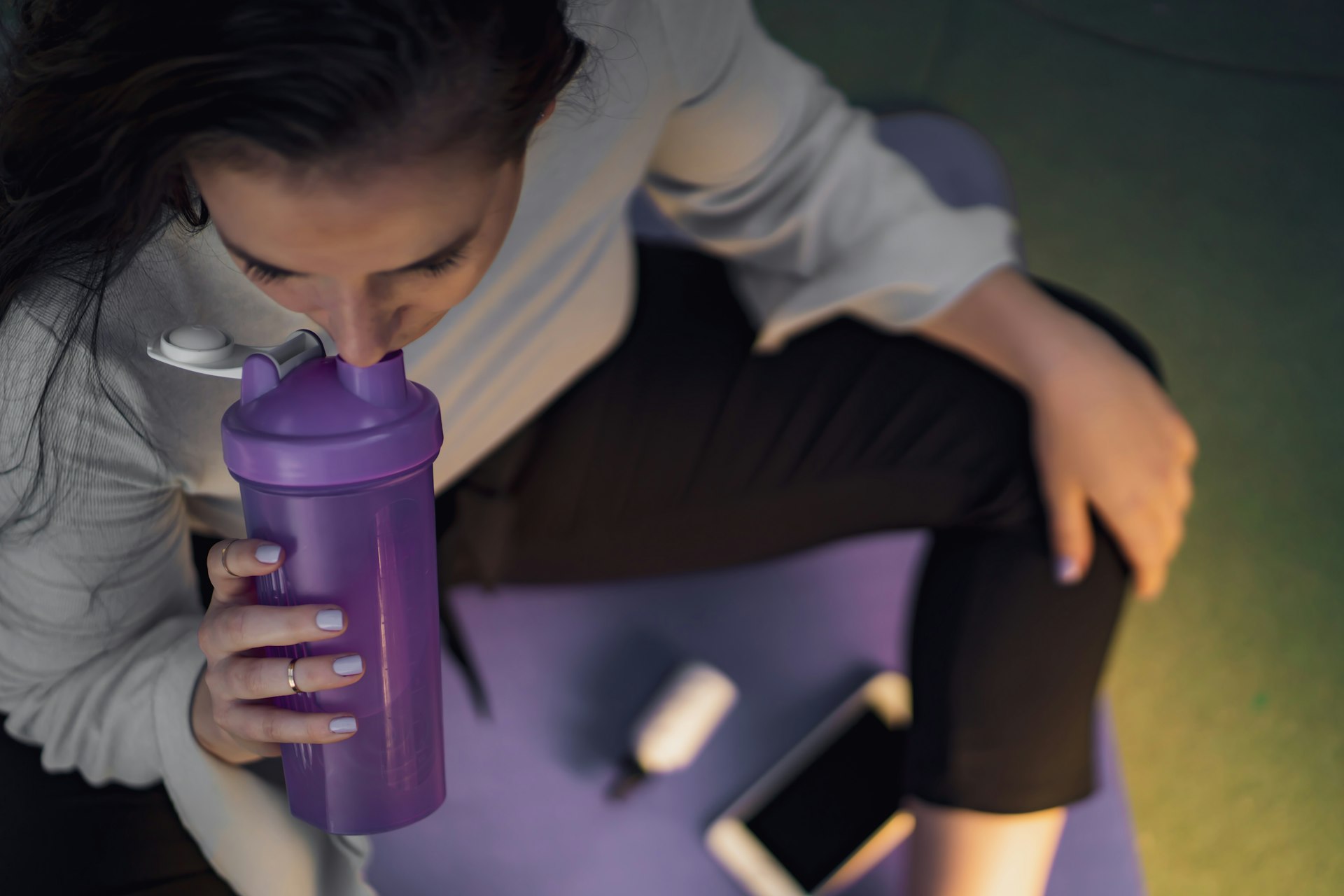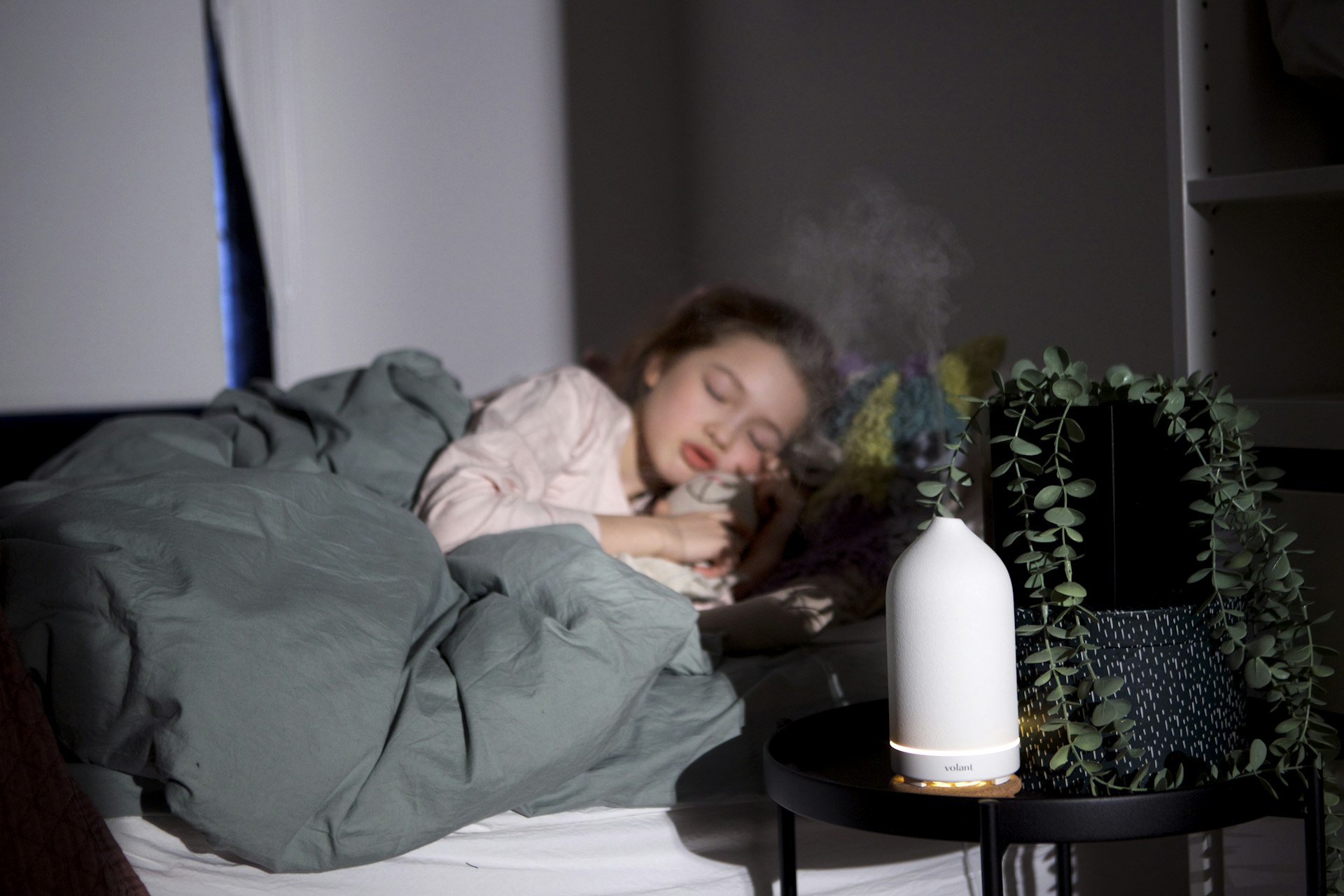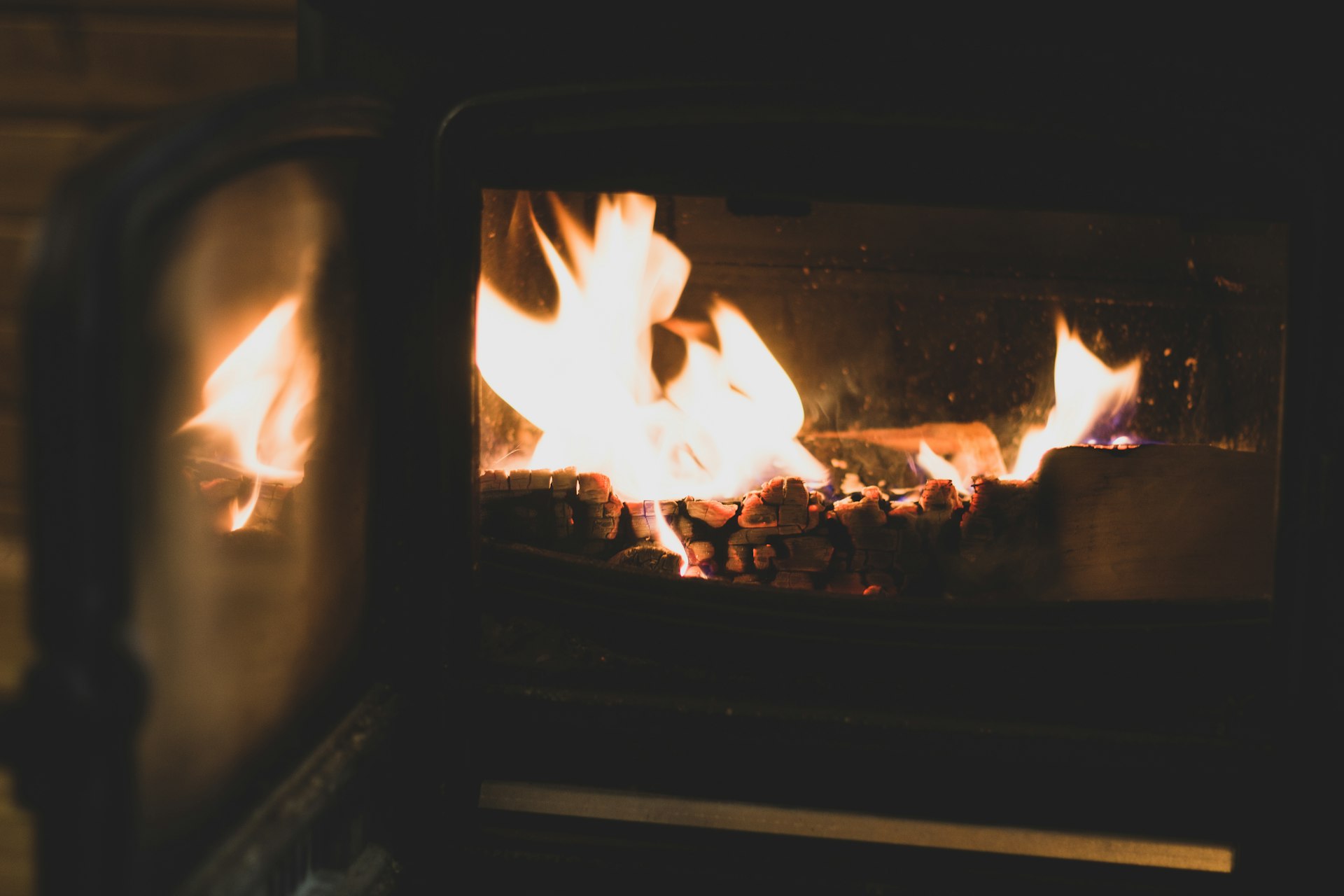Natural Strategies to Manage Sleep Apnea Without CPAP: A Comprehensive Guide for Home Relief

Photo by volant on Unsplash
Understanding Sleep Apnea and Its Challenges
Sleep apnea is a condition marked by repeated interruptions in breathing during sleep, often resulting in poor rest, daytime fatigue, and increased risk of health complications such as high blood pressure, heart disease, and mood disorders. While Continuous Positive Airway Pressure (CPAP) therapy is a common and effective treatment, many individuals seek less intrusive, natural approaches to manage their symptoms at home. This guide explores thoroughly researched, actionable strategies for addressing sleep apnea naturally-and empowers readers to take meaningful steps towards better sleep.
Weight Management for Airway Health
One of the most effective natural interventions for sleep apnea is maintaining a healthy body weight. Excess weight, particularly around the neck and upper airway, can contribute to airway obstruction during sleep. Clinical research shows that even modest weight loss can lead to significant improvements in sleep apnea severity. To begin, focus on a balanced diet rich in vegetables, whole grains, lean proteins, and healthy fats. Incorporate regular aerobic activity such as walking, cycling, or swimming into your weekly routine. For those seeking additional guidance, consulting with a registered dietitian or a healthcare provider may be beneficial. Achieving and maintaining weight loss may require sustained effort, but the potential improvements in sleep quality and overall health are substantial [3] .
Optimizing Sleep Position
Sleep position can have a marked impact on the severity of sleep apnea symptoms. Lying on the back (the supine position) often worsens airway collapse, while sleeping on the side or stomach may help keep airways open. To retrain sleep posture, try sewing a pocket on the back of a snug T-shirt and place a tennis ball inside-this simple home method encourages side-sleeping by making back-sleeping uncomfortable. Alternatively, consider specialized pillows designed to promote side-sleeping or elevate the head, which can further help keep the airway open. Positional therapy is a low-cost, non-invasive strategy worth incorporating into your routine [4] .
Strengthening the Throat and Airway Muscles
Weakness in the muscles of the throat and tongue can contribute to airway collapse during sleep. Targeted exercises, known as oropharyngeal exercises, help strengthen these muscles and can reduce the frequency and severity of sleep apnea episodes. Examples include:
- Sliding the tongue backward along the roof of the mouth repeatedly
- Pressing the tongue to the roof of the mouth and holding for several seconds
- Practicing specific vocal sounds or singing exercises to engage throat muscles
Research indicates that regular, daily practice of these exercises can improve sleep quality and reduce snoring. You might find guided videos or resources from speech therapists helpful for learning proper technique [1] .
Breathing Exercises and Yoga
Yoga and controlled breathing techniques can offer additional benefits by strengthening respiratory muscles and improving lung capacity. Practices such as diaphragmatic breathing and alternate nostril breathing help stabilize airways and reduce sleep apnea symptoms. For example, set aside 10-15 minutes daily to practice slow, deep breathing exercises. Yoga poses that open the chest and encourage deep breathing may also contribute to improved nighttime airflow. While these methods are unlikely to fully replace medical therapies for severe sleep apnea, they can be valuable complementary strategies [3] .
Managing Nasal Congestion and Air Quality
Nasal congestion can worsen sleep apnea by making it more difficult to breathe through the nose. To address this, consider using saline nasal sprays, nasal strips, or a neti pot to keep nasal passages clear. Running a humidifier in your bedroom can also reduce airway dryness and irritation. If you are prone to allergies, regularly washing bedding and keeping your sleep environment free from dust and pet dander may further help. These steps can improve nighttime breathing and contribute to better sleep [4] .

Photo by marke on Unsplash
Lifestyle Adjustments: Alcohol, Smoking, and Sleep Routine
Alcohol and sedative medications relax the muscles of the throat, increasing the risk of airway obstruction. Avoiding alcohol-especially in the hours before bedtime-can help reduce apnea episodes. Similarly, quitting smoking not only benefits general health but also reduces inflammation and swelling in the airway. Establishing a consistent sleep routine with regular bed and wake times, a calming evening ritual, and a quiet, dark sleep environment supports overall sleep quality and may lessen sleep apnea symptoms. For smoking cessation, you can seek support from a primary care doctor or local health department programs [3] .
Natural Remedies and Holistic Approaches
Some individuals find further relief through holistic and natural remedies. For example, honey has anti-inflammatory properties and may soothe the throat, potentially reducing snoring. Herbal supplements such as melatonin, magnesium, and valerian root are sometimes used to promote relaxation and improve sleep quality, though scientific evidence supporting their efficacy for sleep apnea is limited. Acupuncture is another alternative that may help manage symptoms for some people, but results can vary. Before starting any supplement or alternative therapy, consult with a healthcare provider to ensure safety and avoid interactions with existing medications [1] .
When to Seek Professional Help
While natural remedies and lifestyle changes can help reduce the severity of sleep apnea symptoms, they may not be sufficient for everyone-particularly those with moderate to severe sleep apnea or underlying health conditions. If you continue to experience excessive daytime sleepiness, loud snoring, or observed breathing pauses at night, consult a healthcare provider or sleep specialist. They can provide a comprehensive evaluation and discuss additional treatment options tailored to your needs. For those interested in specialized guidance, search for ‘sleep apnea specialist near me’ or contact your primary care physician for local referrals. If you need help finding a sleep center, the American Academy of Sleep Medicine provides a directory of accredited centers, which you can locate by searching their official website.
Implementing Change: Step-by-Step Action Plan
- Assess your current sleep habits and identify areas for improvement, such as sleep position, weight management, and nighttime routines.
- Begin incorporating one or two new strategies at a time-such as side-sleeping or daily throat exercises-to build sustainable habits.
- Monitor your symptoms and sleep quality, keeping a sleep diary if needed, to track progress over several weeks.
- If results are limited or symptoms persist, consult a medical professional for further evaluation and support.
If you’re interested in personalized advice or more structured programs, reach out to local clinics specializing in sleep health or ask your primary care provider for recommendations. Many clinics offer virtual consultations and can guide you through natural and medical treatment options.
Key Takeaways
Effectively managing sleep apnea at home without CPAP involves a multifaceted approach, including weight management, sleep position adjustments, muscle-strengthening exercises, yoga, lifestyle habits, and environmental modifications. These strategies can significantly reduce symptoms for many individuals, though professional guidance remains important for persistent or severe cases. Remember that improvement may take time and that combining multiple approaches often yields the best results.
References
MORE FROM promohunterpro.com













